Interview The Kanto Team
Images Metrobank Foundation


Mark Justiniani
Good day, Mark! Thanks for making time for us, and congratulations on being part of MADE’s landmark Sibol exhibition! How did winning the Metrobank MADE award change the direction of your career and your approach to art?
Mark Justiniani, MADE Winner, 1990: Thank you, Kanto! Winning Metrobank MADE affirmed that our work resonated with a broader audience beyond our immediate circle. It was a pivotal time for us, as certain artistic practices that had been evolving for decades were gaining institutional recognition. Our artistic direction, which focused on offering an eyewitness view of vibrant urban life, was beginning to find its footing. We approached these scenes as observers and participants, like capturing a city through a wide-angle lens while standing right in the middle of it. This perspective, developed by some group members, became a hallmark of our collective style.
Over the years, many artists from our Antipolo-based group have also received recognition from MADE. That support provided financial backing and validated our artistic approach in the eyes of the public. It boosted morale, encouraging us to continue pushing the boundaries of our work. MADE was more than just an award—it reinforced our artistic journey.
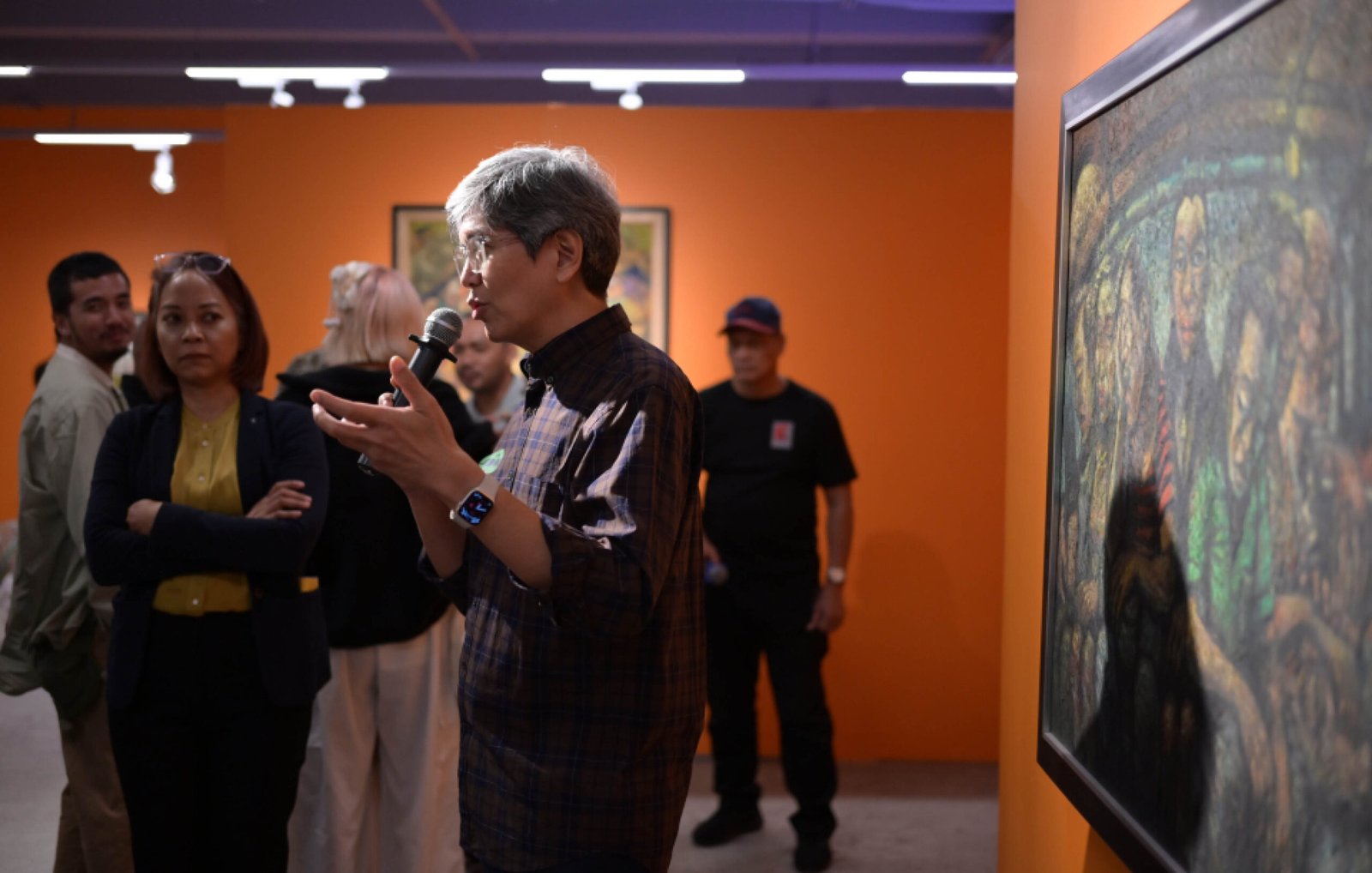

What are your thoughts on how Metrobank MADE has evolved since you won? Do you see echoes of your own experience in this year’s exhibit?
Justiniani: MADE has grown into a critical institution in the Philippine art scene, supporting the careers of emerging artists for decades. It has developed a strong sense of community among past winners, creating an ongoing relationship that feels almost familial. This network has become a platform for artists to give back through community-based projects and initiatives that use art for social engagement.
The addition of residency programs is a significant step forward for MADE. It adds another layer of depth to the competition, allowing artists to further immerse themselves in their craft. As the competition and the institution evolve, they mirror the development of individual artists who continue to grow in their practices. Many established artists are extending their influence beyond their art, engaging in community work, and forming collaborations with spaces fostering artistic exchange. It’s exciting to see how these partnerships might shape the future of Philippine art.
How do you feel your winning work “Last Trip,” fits into the narrative of Sibol and its larger story?
Justiniani: This year’s Sibol exhibit captures a remarkable retrospective, showcasing four decades of MADE winners alongside newer works. It creates an exciting compression of time, where past and present coexist in a single space. Each artist, including myself, has developed their practice over the years, and this evolution is visible in the works on display.
My piece attempts to bridge the analog aesthetics of the 1980s with today’s digital landscape, which now includes virtual reality, also part of the exhibition. Sibol does more than reflect on MADE’s history; it serves as a platform for artists to explore future possibilities. By looking back, acknowledging the present, and embracing new technology, the exhibit offers a layered narrative that feels reflective and forward-looking.
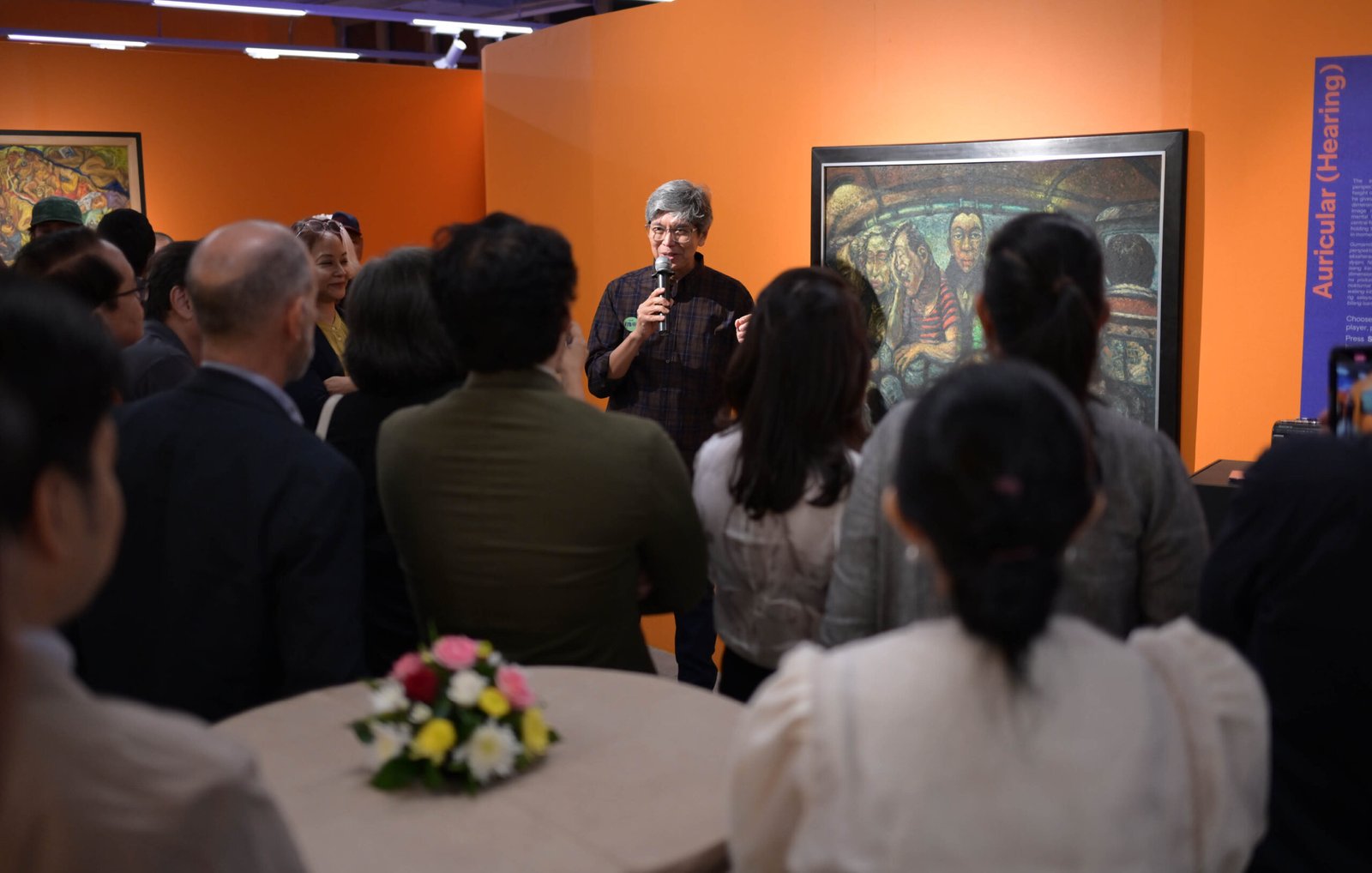



What shifts in the Filipino art scene do you think MADE has been most responsible for?
Justiniani: In the early days of MADE, mixed-media works were often winners in the open-media categories, giving prominence to experimental techniques. But when the competition shifted its focus to more traditional mediums—oil, acrylic, and watercolor—it reinforced a renewed appreciation for classic methods. This shift benefited us painters, allowing us to deepen our practice in these forms.
However, I think there’s value in reintroducing a mixed-media category and exploring other potential areas. This would impact emerging artists and influence collectors, institutions, and the broader art scene. Broadening the scope of the competition could open up new dialogues and directions, enriching the diversity of Philippine art.
How has the recognition from MADE shaped your view of Filipino art on the world stage? What have you noticed about the journeys of Filipino artists gaining international acclaim?
Justiniani: Having witnessed multiple MADE competitions and participated in the Sibol exhibit, it’s clear that Filipino artists have captured the essence of our times. Their work shines through with a particular sensitivity to our national experience. As part of this, I’ve observed how MADE collects an aesthetic deeply rooted in our culture yet constantly evolving.
This unique aesthetic stands out on the international stage. While we share many commonalities with artists from other countries, our experiences give us a distinct voice. Filipino artists bring something personal and culturally specific to the global conversation, which we can continue to nurture as we navigate our place in the world.
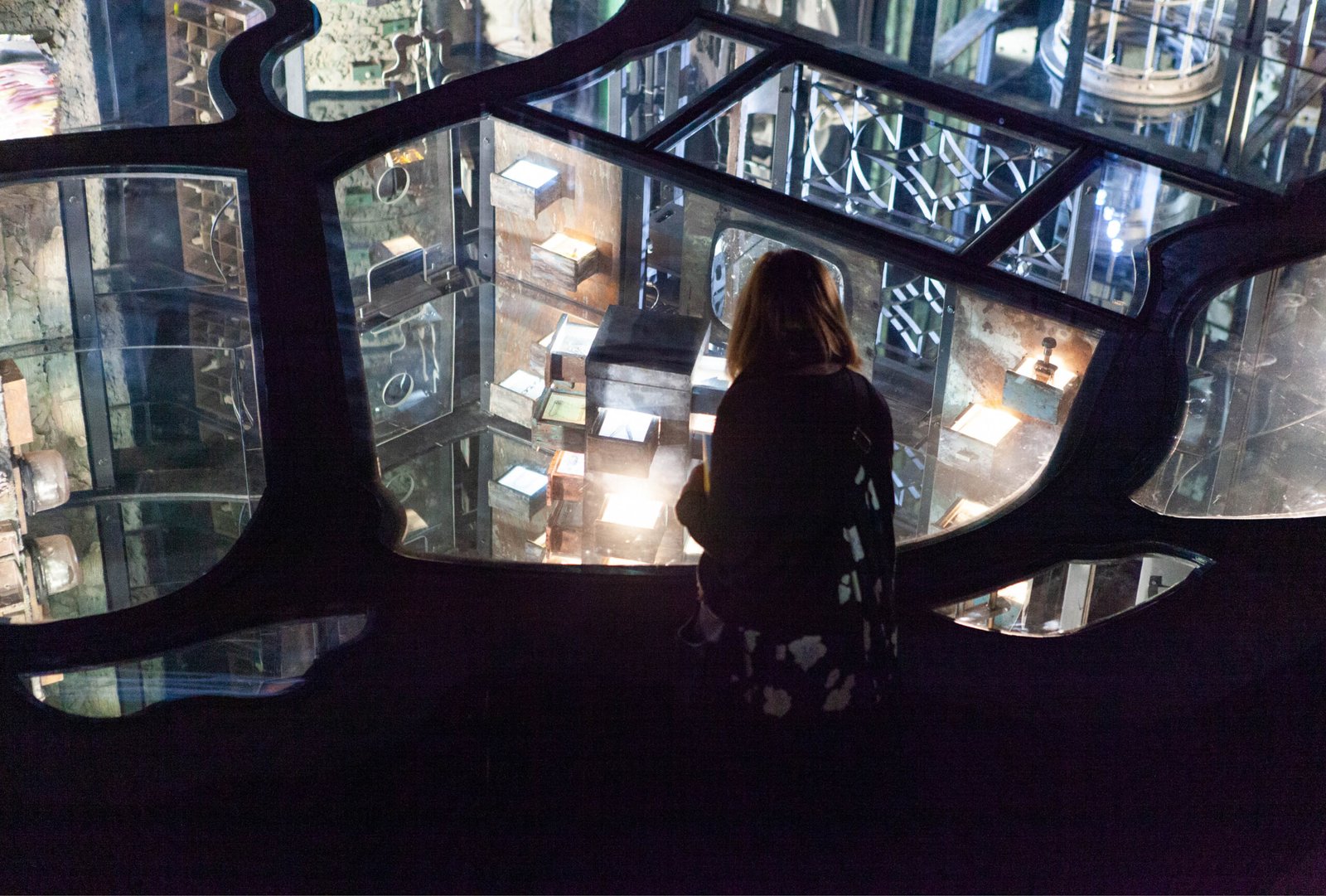

How has MADE influenced your artistic vision and role in the broader Filipino art community?
Justiniani: My view of the art ecosystem has shifted over the years, especially after decades of working within it. Initially, I saw MADE mainly as a competition providing opportunities for emerging artists, including those struggling to find their footing. Now, I recognize its larger role as an organization that supports the art community through its various programs and initiatives.
With artist-run spaces and initiatives, I see MADE as a partner in fostering a vibrant and dynamic art scene. These collaborations can unite groups with shared goals for Philippine culture, pushing artists and institutions to evolve. Seeing how these partnerships can continue transforming the local art landscape is exciting.
What advice would you give emerging artists looking to make their mark through MADE?
Justiniani: My advice is simple: develop a meaningful and lasting relationship with your art practice. Treat it like a trusted companion; one that reveals your vulnerabilities, celebrates your successes, and gives you insight into your journey. When fully attuned to your work, it will reflect the depth of your artistic voice.
MADE provides a unique platform to create something significant, and if a breakthrough piece emerges, it’s a beautiful bonus. But the real value lies in staying true to your craft and allowing your art to grow with you.
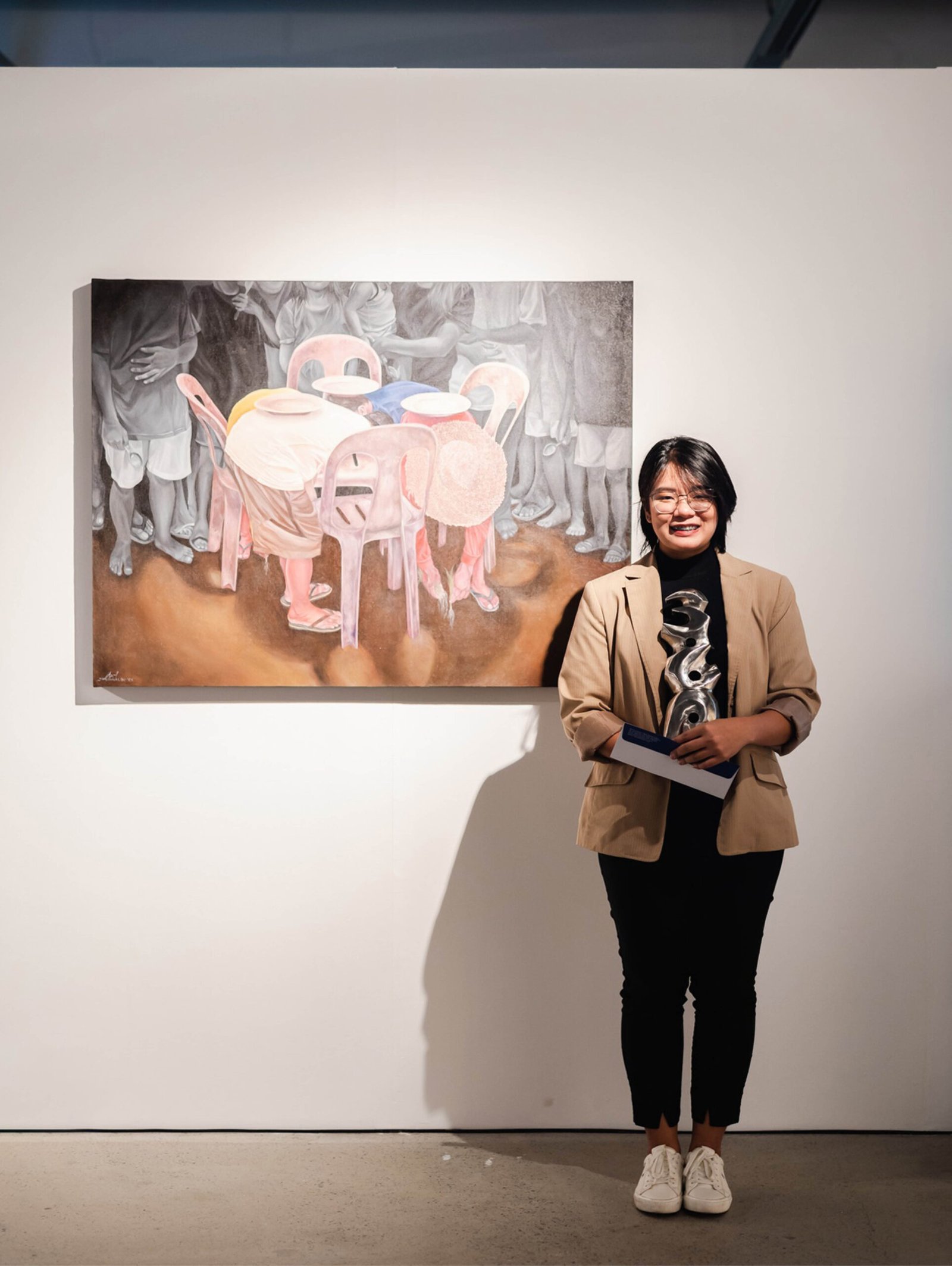

Jowee Aguinaldo
Hello again, Jowee! It’s been a while! How did it feel to learn your work would be featured in the Sibol exhibition?
Jowee Aguinaldo, MADE winner, 2023: I was ecstatic when I discovered my work had been selected for Sibol. Having my art recognized and sharing it with more people is rewarding. Knowing my work would be part of an exhibition alongside many talented artists felt surreal. It’s a humbling experience, and I’m incredibly grateful for the opportunity.
What part of the selection process or exhibition has surprised you the most so far?
Aguinaldo: The most surprising part for me was getting selected in the first place. There are so many talented artists in the MADE community, and to have my work chosen felt almost unreal. It’s been a massive boost of confidence and a reminder to keep pushing myself and never settle. Being in Sibol has made me more aware of what I need to do to grow as an artist.
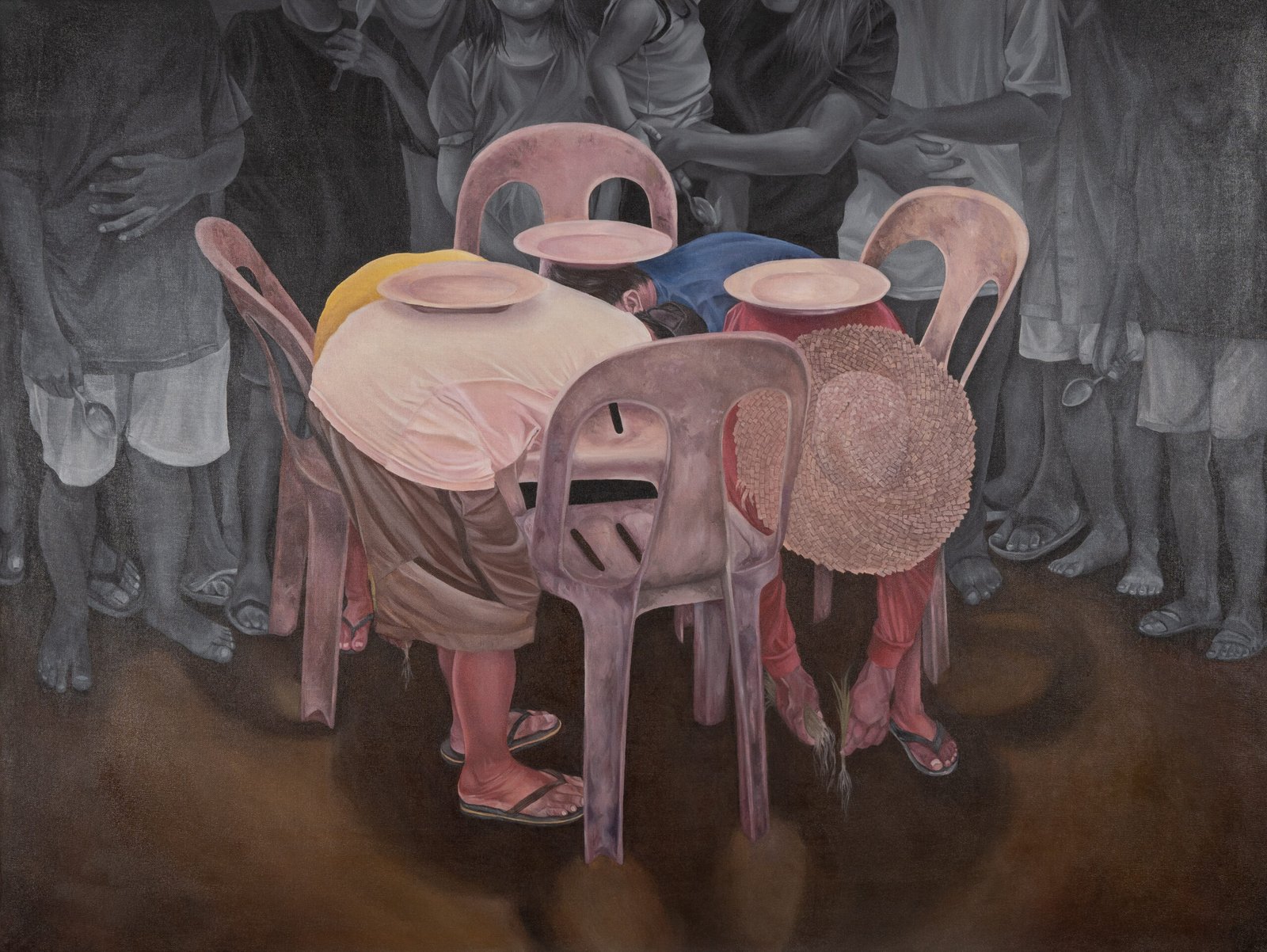



How do you plan to use your MADE win in progressing your career or upcoming projects?
Aguinaldo: This win has given me momentum. I’m using it to motivate me to explore new creative directions in my work and connect with more people—whether fellow artists, curators, or viewers. It’s an incredible platform from which to build, and I’m eager to see where it leads. I feel like this is just the beginning.
Has the MADE experience shifted your perspective or approach to your art?
Aguinaldo: MADE has broadened my perspective, especially by allowing me to connect with other artists and see different styles and techniques. It’s opened my eyes to new possibilities, and I’m more willing to experiment with my work. I feel less bound by what I think I should be doing and more open to exploring the unknown.
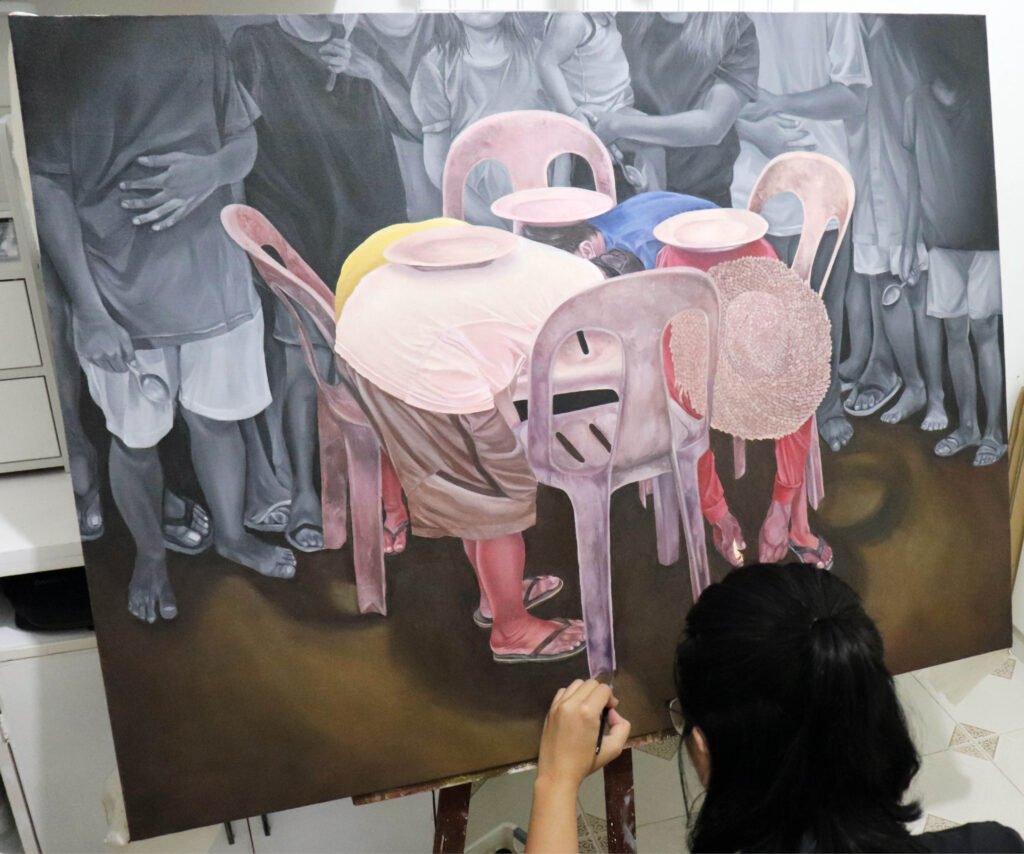

What has been the most exciting or challenging part of being a new winner amongst winners in the Sibol show?
Aguinaldo: The most exciting part has been seeing my work alongside such a diverse group of artists, some of whom I’ve admired for a long time. It’s inspiring to be part of that community. The challenge, though, has been managing the expectations that come with it—both my own and from others. It balances staying true to my artistic voice and pushing myself to new heights.
Based on your journey, what would you like to see MADE do differently or evolve into in the future?
Aguinaldo: I’d love to see MADE continue to expand its outreach and opportunities for emerging artists. More interactive events, workshops, or collaborations would be great. It would also be interesting to explore different themes and trends that reflect what’s happening in the world today. I think MADE has much potential to evolve and keep pushing the boundaries of what’s possible. •

